Politics
The right to protest: How the ban on protests in Azerbaijan turned into systematic repression
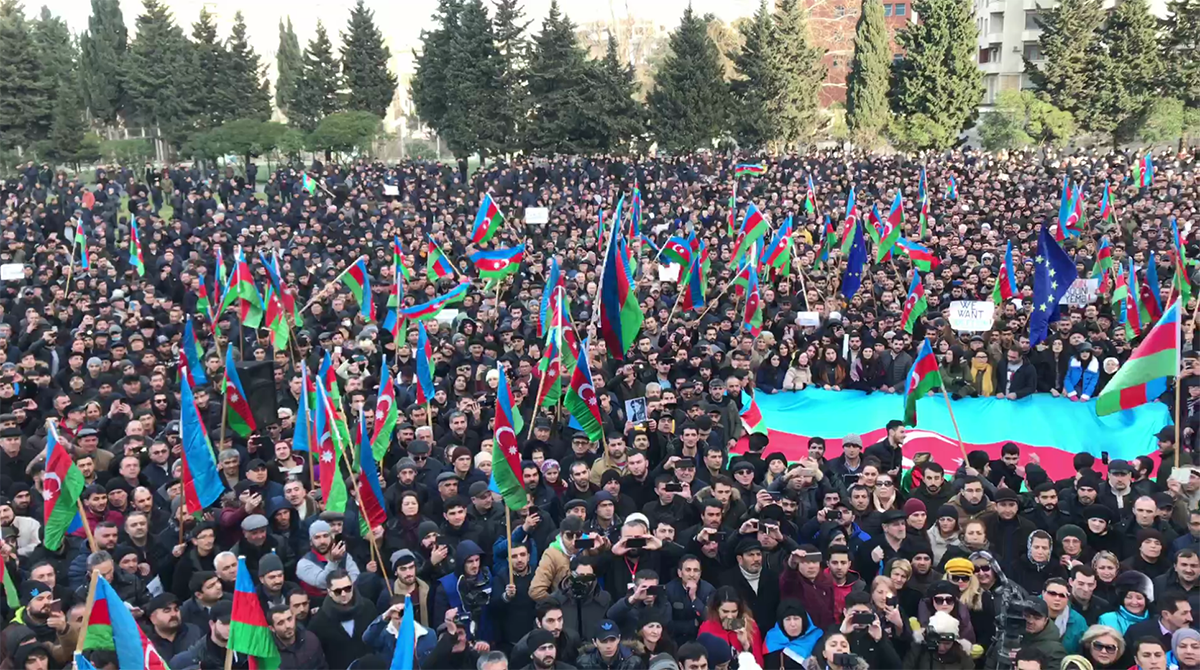
In recent years, the landscape of political protests and protests in general in Azerbaijan has changed significantly. The last large-scale protest in the country took place at the “Mahsul” Stadium (part of the Yasamal Sports and Health Complex) in January 2019. Since then, for six years, not a single major protest action has taken place. This is not a random process: political
leaders,lawyers, and civil society representatives argue that it stems from both changes in legal mechanisms and a long-term political strategy by the government. Their perspectives, alongside international legal standards and historical context, are explored in this article.
The January 2019 rally – A point of no return
Ali Karimli, the chairman of the Azerbaijani Popular Front Party (APFP), has long been one of
the leading figures in organizing political protests. He has initiated more than a hundred rallies, marches, pickets, and other types of demonstrations in opposition to the Azerbaijani
government. He recalls the last rally at Mahsul Stadium in January 2019, which demanded the
release of political prisoners:

“At the time, a second criminal case had been launched against Mehman Huseynov [a
well-known Azerbaijani blogger]. Our rally was held to demand freedom for Mehman and
all other political prisoners. Once the protest became massive, the authorities got scared
and shut down Mehsul Stadium without offering alternative venues. This eliminated even
the minimal freedom of assembly in Azerbaijan.”
This rally was one of the largest in Azerbaijan in recent years, drawing around 30,000 people by various estimates. Its success was largely due to Huseynov’s popularity. Karimli says that ever since then, all protest applications have been denied.
Unlike previous protests, the aftermath of the January 19 rally was marked by mass detentions
and police interrogations. Major mobile operators handed over data on individuals present near the protest. As a result, both participants and random bystanders were called in for “preventive talks” at local police stations.
Mahsul Stadium closed
The Mahsul Stadium (meaning “harvest” in Azerbaijani), a traditional venue for opposition
rallies, was shut down for “renovation.” While Baku has other designated protest areas, when
the opposition requests permits to hold events in central locations like the squares near the
“May 28” or “Narimanov” metro stations, where crowds are usually large, Baku City Executive
Authority always replies:
“Due to heavy pedestrian and traffic flow in these areas, holding protests there would
cause congestion and infringe on the free movement rights of citizens.”
Instead, protesters are directed to a stadium in Lokbatan, 24 kilometers from Baku.
Ali Karimli analyzes the six years of de facto protest bans:

“During these six years, hundreds of people have been arrested: opposition activists, civil
society activists, journalists. Almost all independent journalists have ended up behind
bars, as have NGO activists. An atmosphere of fear has been created in society.
Freedom of assembly is completely banned. I myself spent five out of those six years
under an internet blockade.”
The APFP and the National Council of Democratic Forces (a major opposition alliance) last requested permission for a rally on April 18, 2025, demanding the release of political prisoners, anti-poverty measures, and child benefits. The city authorities denied the request, citing the same reasons as before.
Karimli explains the real motivation behind the government’s stance:
“They fear peaceful protests because they know the people are dissatisfied. Yes, they
managed to weaken the opposition. But the opposition isn’t made of steel — under
repression, with no resources or funding, it’s no surprise the opposition ranks have also
shrunk. But the people shift to an invisible opposition. By destroying formal political
institutions, they create a more powerful invisible resistance.”
Post-War crackdown: Intensified control
Political activist Araz Aliyev, co-founder of the “Third Republic” platform and a political activist, believes the situation worsened after the 44-day war in 2020, when Azerbaijan regained control over its territories. He argues that while sovereignty was restored, democracy and human rights, including freedom of assembly, deteriorated.

“Over the last five years, protest activity has nearly vanished. Before and immediately
after the war, there were numerous rallies involving the opposition and civil society.
People could gather at Fountain Square or other public spaces. But that changed after the
war. Global trends played a role too, such as the war in Ukraine, possible foreign
influences, and even the potential return of Trump to power. Today, the protest
environment is nearly crushed. Holding a sign or wearing a sticker in public now almost
guarantees arrest.”
Changes in the legal environment: From notification to permission
In many democratic countries, holding a protest only requires notifying the authorities.
Azerbaijan’s 1998 Law “On Freedom of Assembly” also followed this model. The purpose of
notification was to ensure participant safety and prevent clashes. But according to lawyer
Samed Rahimli, although freedom of assembly is formally guaranteed by the Constitution,
legislative amendments have effectively restricted it:

“Initially, the law was general and in line with the Constitution. But over time, many
amendments were added that tightened regulations. In 2005, the Constitutional Court
clarified that the ‘notification’ mentioned in the Constitution essentially meant permission.
Then came issues with designated protest sites, which were approved by the Baku
Executive Authority, often in remote and inconvenient locations. Freedom of assembly isn’t just about gathering with like-minded people. It’s about drawing public attention, including from those who disagree. But the authorities started systematically rejecting requests to protest in central areas, suppressing protests through both legal changes and arrests.”
Rahimli also notes that 2011 amendments increased penalties for unauthorized protests. Fines were raised, and participants began receiving up to 30 days of administrative detention, often in worse conditions than regular prisons.:
“By the mid-2010s, protest activity had nearly stopped due to harsh penalties. Organizers
were accused of ‘petty hooliganism’ or ‘disobeying police’ and faced criminal charges.”
Protests by ordinary citizens
Although opposition parties cannot hold sanctioned protests, ordinary citizens continue to
demonstrate on issues like ecology and labor exploitation.
A notable example is the Soyudlu village protests (Gadabay District), where residents opposed
the dumping of toxic waste from a gold mining facility into a local lake. Police harshly cracked
down on the protest. Later, President Ilham Aliyev criticized the demonstrators for allegedly
throwing stones at police.
Other examples include a boycott by Baku taxi drivers demanding shorter working hours and
better conditions, or delivery workers protesting reduced pay.
One protester from Soyudlu initially said:
“Let them come and see! Let them stand here for 10 minutes — they’ll get dizzy. What’s
happening to our children?”
But later, he posted an apology on TikTok:
“They sent journalists who write lies about our country, our people, our president. Don’t
believe those articles!”
Similarly, the taxi boycott organizer released a remorseful video after police detention:
“We launched the ‘Stay at Home!’ campaign, but that was a mistake.”
“Trade unions are an extension of the regime”
Labor rights activist Nilufer Mammadrzayev says that intimidation or false promises are common tactics used by the Azerbaijani authorities:
“The cancellation of the taxi boycott after promises of help and the suppression of
protests across the country after the case of a pregnant underage girl all show how
intolerant the state apparatus is to mass protest. They use both force and manipulation,
including hollow promises, to maintain control.”
These promises are usually symbolic. The systemic problems remain. This is how real public
influence is neutralized. There are no independent unions; they have been incorporated into the regime. The absence of civil society and the pressure on activists are hallmarks of
authoritarianism.
Whether it’s boycotts or youth protests, the crackdown reveals how deeply rooted state control
is.”
Mammadrzayev emphasizes that although political rallies are banned, social protests continue.
Online campaigns, petitions, and hashtags on social media reach large audiences and are
relatively safer. Since authorities can’t fully control them yet, protests are moving into new
forms:
“Social media is the main platform for protest. After the news about a pregnant minor,
young people across the country launched a campaign via WhatsApp, Instagram, and
other platforms. They coordinated actions and shared tasks — and many joined. I think
digital activism will only grow stronger.”
Politician Araz Aliyev also believes that the authorities are not interested in solving the problems of the population, so spontaneous protests will continue:
“Most activists are either in prison, abroad, or unable to write openly due to pressure. But that
doesn’t mean resistance has disappeared. The problems haven’t gone away – people want to
react. In 2025, everyone has access to Internet, and when people see a 13-year-old girl being
raped and then forced to give birth, they can’t remain silent. In the 21st century, it’s very difficult to control people with medieval methods.”
International obligations vs. reality
Azerbaijan is a signatory to the European Convention on Human Rights (Article 11) and OSCE
documents guaranteeing freedom of assembly. However, as Freedom House stated in its
February 29, 2024 report “Freedom in the World: Growing Damage from Illegitimate Elections
and Armed Conflicts”, and Amnesty International noted on January 23, 2025, this right is
“systematically and persistently violated” in Azerbaijan.
The shrinking space for freedom of assembly raises concerns not only for this particular right
but also for the future of political culture in the country.
With the support of MediaSet.
The post The right to protest: How the ban on protests in Azerbaijan turned into systematic repression appeared first on MEYDAN.TV.
Politics
Aliyev meets Pashinyan in Copenhagen
Today, a meeting took place in Copenhagen, the capital of Denmark, between Azerbaijani President Ilham Aliyev and Armenian Prime Minister Nikol Pashinyan.
During the meeting, the two sides highlighted the significance of the agreements reached at the Washington Peace Summit, which was held at the initiative of U.S. President Donald Trump. They emphasized their readiness to continue efforts toward further strengthening peace between the two countries.
Aliyev and Pashinyan underscored the benefits of regional transport communications, discussed the current progress of infrastructure development in Azerbaijan, and reviewed the TRIPP (Trump Road) project in Armenia. They also exchanged views on the implementation of the Washington Declaration.
The conflict between Armenia and Azerbaijan began back in 1988. In September 2020, after a long-standing ceasefire, the two countries engaged in the 44-day Second Karabakh War, during which Azerbaijan regained control over parts of Karabakh and seven surrounding districts. On September 19, 2023, Azerbaijan launched a localized military operation in Karabakh. Subsequently, on October 15, President Ilham Aliyev raised the Azerbaijani flag in Khankendi, declaring in his speech that Azerbaijan had fully restored its sovereignty, the Karabakh issue was resolved, and the conflict was over. On August 8 of this year, the foreign ministers of Azerbaijan and Armenia initialed a peace agreement in Washington.
Both sides also welcomed the decision to dissolve the OSCE Minsk Process and its related structures.
In conclusion, both leaders agreed to continue their contacts.
Today in Copenhagen, the summit of the European Political Community (EPC) is being held, where European Union (EU) leaders are meeting with heads of non-EU countries.
The post Aliyev meets Pashinyan in Copenhagen appeared first on MEYDAN.TV.
Politics
Committee to Protect Journalists expresses concern over threats against Farid Ismayilov
The Committee to Protect Journalists (CPJ) has expressed concern over death threats made against Farid Ismayilov, a detained employee of Toplum TV.
The arrests related to the “Toplum TV case” began in March 2024.
Journalist Farid Ismayilov was among the many journalists detained during a police raid on Toplum TV’s office on March 6, 2024, but he was released two days later. However, he was arrested again on January 17, 2025.
A total of 10 people have been charged in this case.
They were initially accused of smuggling, but the charges were later escalated.
This was reported on the X page of CPJ’s Europe and Asia division.
In its statement, the Committee to Protect Journalists called on the Azerbaijani government to ensure Farid Ismayilov’s safety and to release more than 25 journalists who have been “unjustly imprisoned,” including him.
During a hearing at the Baku Serious Crimes Court on September 29, Farid Ismayilov stated that an inmate in a neighboring cell at the Baku Pretrial Detention Center had threatened to kill him.
His relatives confirmed this to Meydan TV, stating that Farid is being threatened by another inmate:
“Farid says the inmate in the cell next to his threatened to kill him. On September 23, when prison staff were escorting Farid to the medical unit, another inmate threw a cup at him. The staff stepped in front of him and prevented it from hitting him. Although Farid repeatedly asked for the incident to be recorded, no official report was made. He later met with his lawyer and requested that the inmate who threw the cup be transferred to another room. But no action was taken,” said his relatives.
They also reported that a similar incident happened the next day. This time, an inmate attempted to throw hot water at him. The incident was prevented by guards, but no permanent solution has been put in place.
On September 25, the same inmate became even more aggressive after failing to harm Farid and self-harmed using a sharp object. During the incident, he verbally abused Farid and threatened to harm him again.
In court, Farid Ismayilov said that as long as the issue remains unresolved, he believes these threats are intentional and orchestrated provocations.
The post Committee to Protect Journalists expresses concern over threats against Farid Ismayilov appeared first on MEYDAN.TV.
Politics
Operation of over 2400 oil wells has stopped

The Azerbaijani government is implementing certain reforms in the energy sector to maintain stable oil production. However, recent trends show that despite these reforms, the number of oil wells is decreasing. Among the reasons cited are declining productivity of old wells, Azerbaijan’s commitment to the 2020 OPEC+ agreement to reduce oil output, unprofessional management, and other contributing factors.
According to official data, statistics released in 2024 show that the number of oil wells decreased by 120 units compared to previous years. Last year, the number of operational wells across 11 companies was 5,260.
Meydan TV, referencing the State Statistics Committee’s “Transparency Report in the Extractive Industry,” reports that only 11 out of 45 companies involved in oil and gas production disclosed the number of wells. Accurate statistics for the remaining companies could not be obtained.
Operation of 2400 oil wells ceased over six years
The disclosed figures from 11 companies reveal that between 2019 and 2024, different trends were observed in the number of oil wells in Azerbaijan. In 2019, there were 7,677 wells, but this number fell to 5,678 in 2020 and further to 4,029 in 2021.
The most significant reduction occurred within the oil and gas production departments operating under SOCAR. In 2019, there were 6,153 operational wells, but by 2024, this figure had dropped by more than half to 2,568. Official statements attribute this decline to reduced productivity of old wells and rising operating costs. The state company also claims to prioritize stable production through fewer but more productive wells. However, it appears that stability in production has yet to be achieved.
Other companies reported the following:
Binagadi Oil Company increased the number of wells from 740 in 2019 to 816 in 2024, attributed mainly to technical modernization.
Balakhani Operating Company was added to the statistics in 2022, but in 2024, the number of wells dropped by 174.
BP Exploration (Caspian Sea) Ltd recorded an increase in the number of wells.
Salyan Oil LTD had 240 wells in 2019, which dropped to 214 in 2024.
Karasu Operating Company closed 22 wells since 2019 but was able to restore only 8.
Other companies such as Neftchala Operating Company, Petro-Hongkong-Pirsaat Oil Limited, and Shirvan Operating Company also showed a decrease in the number of wells.

A look at the table shows that the drop in well numbers peaked in 2020. That year, due to the pandemic, industrial activity worldwide was temporarily halted, sharply reducing the demand for oil.
In 2020, OPEC and non-OPEC countries agreed to cut daily oil production by up to 10 million barrels, with Azerbaijan committing to a reduction of 164,000 barrels per day. As part of this obligation, Azerbaijan had to scale back production. Consequently, both the depletion of natural resources and international commitments regarding production directly impacted the number of wells. Experts believe that restoring the numerous wells closed during those years is both a complex and costly process.
Statistics show that since 2019, investments in the oil sector have also decreased. While SOCAR invested nearly 1 billion manats in 2019, this figure fell to 574 million manats by 2024. Compared to 2023, investments dropped by 7.3 percent.
BP Exploration (Caspian Sea) Ltd also reduced its investments by 14 percent. This decline indicates waning interest in restoring wells and implementing new technologies.
“Shutting down oil and gas wells was a wrong decision both technologically and financially”
According to research by the Oil Workers’ Rights Protection Organization, the majority of well closures in 2020 occurred in fields under the control of “Azneft” PU. Nearly 3,000 of its wells had to cease operation. Specifically, 552 wells at Bibiiheybatoil, 441 wells at the Amirov NPU, 158 wells at the Taghiyev NPU, and 374 wells at Siyazanneft were shut down.
At the Oil Rocks (Neft Dashlari) site, 202 wells producing up to 7 tons per day were shut down in May–June 2020 to reduce daily production by 1,200 tons. In addition, 101 wells across 2 fields were closed due to planned changes in extraction methods (with total production of 290 tons), and 10 wells with clogged lift pipes and daily output of 30,000 cubic meters of gas (242 tons of oil) were taken out of operation.
From July to December of the same year, 44 wells producing 1 ton daily (37 tons total) were shut down to cut average daily output by 300 tons, along with another 101 wells across 2 fields (290 tons total).
The closure of these wells has had a significant impact on current production levels. Efforts to restore them have been weak, and as noted earlier, insufficient funds have been allocated. As a result, SOCAR prioritizes operating fewer, more productive wells with lower investment, while the restoration of old wells is seen as an additional financial burden.
One industry expert states that the complete shutdown of onshore and numerous offshore oil and gas wells in 2020 was a mistake from both technological and financial standpoints. According to him, returning onshore wells to operation after a shutdown costs millions of manats.
“When a well is stopped for a short or long period, it inevitably experiences technological complications. The filter section clogs, compressor pipes need replacement, and transport lines break down. Accumulated tar, oil, and sand crystallize in the pipes, making crude oil transportation impossible. The narrowing of pipe diameter increases pressure during transport and overloads the pumps. To solve these problems, kilometers of new pipelines must be laid.”
The expert adds that after a shutdown, tar and sand crystallization causes leaks in the pipes, and clamps installed on these lines cannot fully prevent leakage.
“This clamp issue is especially seen at the Oil Rocks. The most dangerous part is that old pipes are painted and reused under the guise of new ones. This problem exists across many divisions of ‘Azneft’ PU.”
The post Operation of over 2400 oil wells has stopped appeared first on MEYDAN.TV.
-
Politics2 weeks ago
Aynur Elgunesh’s film included in the program of three international festivals
-
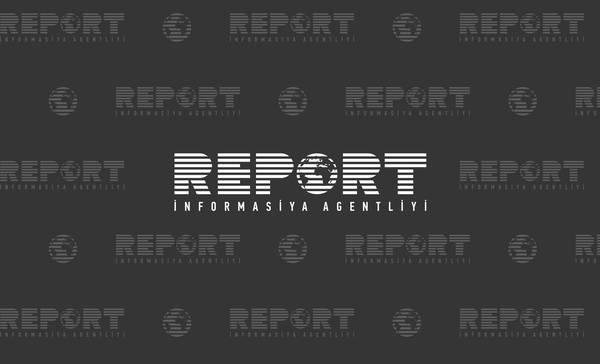
 Business1 month ago
Business1 month agoHead of OSCE PA delegation: Elimination of Minsk process is another diplomatic success
-
Politics4 days ago
Aliyev meets Pashinyan in Copenhagen
-

 Politics2 weeks ago
Politics2 weeks agoFriday Wrap-Up: Nurlan Libre’s detention extended, Ismayil Taghiyev declared undesirable, exiled blogger sentenced to 6 years
-
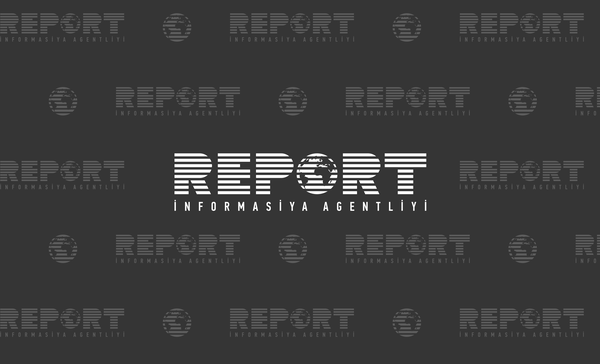
 Politics3 weeks ago
Politics3 weeks agoBaku invites Korean companies to invest in renewable energy projects
-
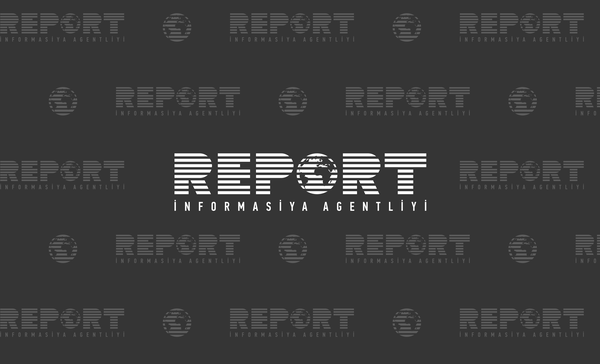
 Politics1 month ago
Politics1 month agoUS expects to send astronauts to Mars in early 2030s — NASA
-
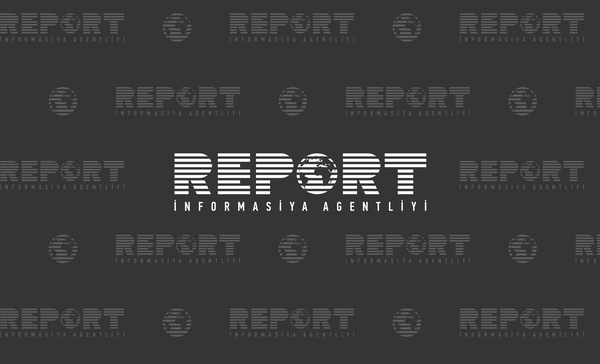
 Politics1 month ago
Politics1 month agoBaku hosts opening ceremony of 49th ICPC World Finals
-
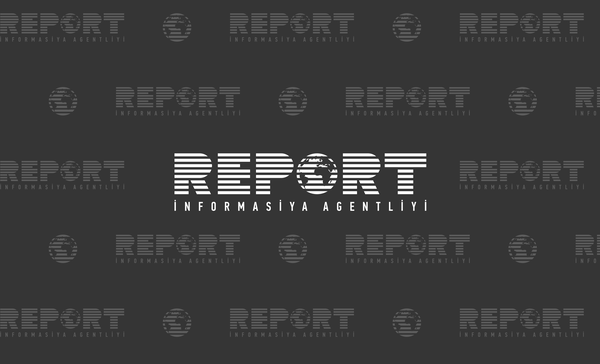
 Politics1 month ago
Politics1 month agoXi Jinping to participate in BRICS summit on September 8 via video linkup
